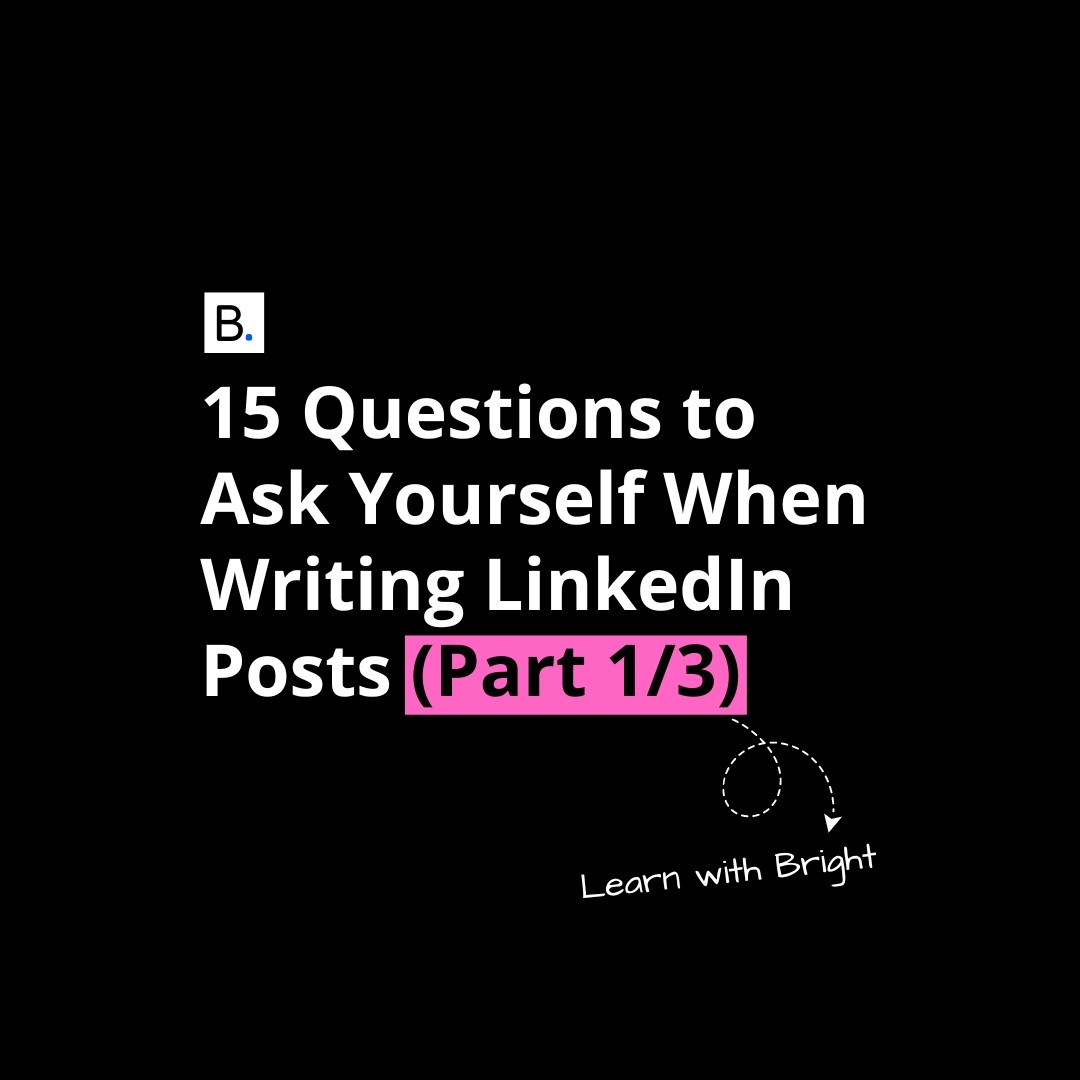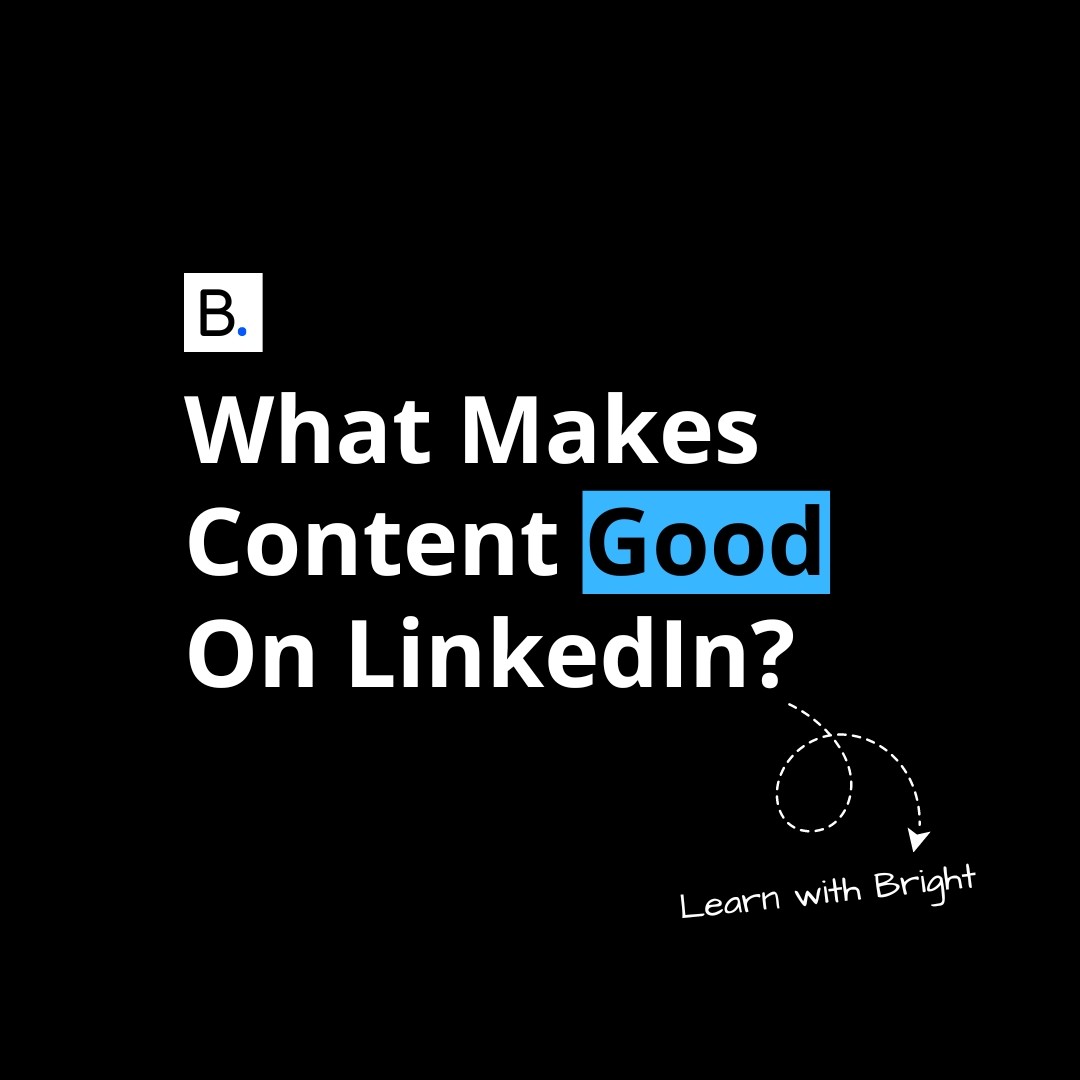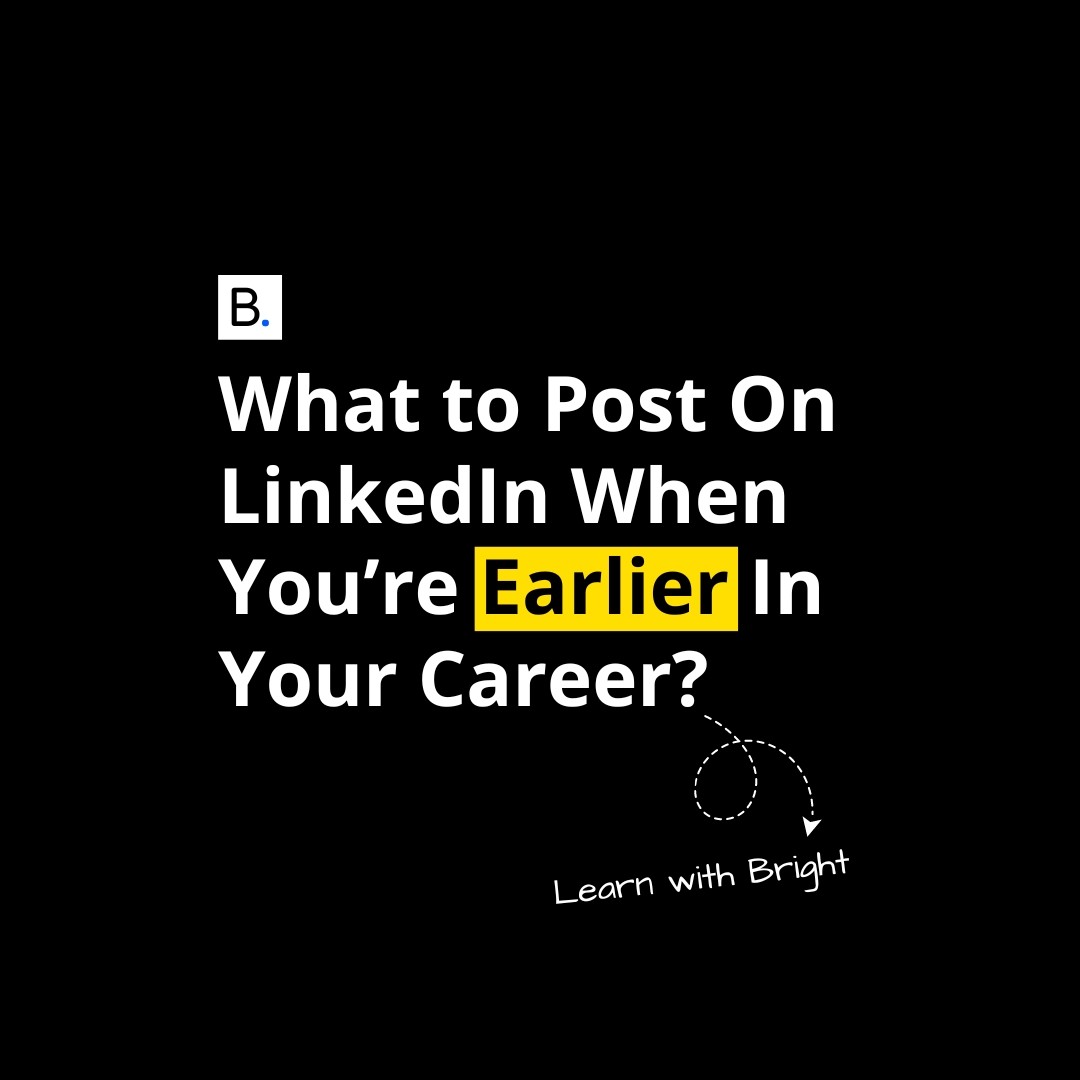Creative Process | 6 min read
Ensure each of your LinkedIn posts leaves your audience wanting more.
When scrolling on LinkedIn, we often come across posts that successfully stand out from the rest for a variety of reasons, some of which may be less obvious than others.
As readers, we’re influenced by different elements within a post that each play a role in our decision to continue reading, and to hit that follow button if we haven’t already. 🔘
Successful posts manage to accomplish a range of things, including:
• Capturing our attention
• Delivering a valuable lesson
• Maintaining a well-written format
• Being insightful all the way through
And more…
On the flip side of being the reader, when writing posts, we want to stack as many advantages as we can in order to have that same affect on our audience.
How can we utilize these elements in our LinkedIn content creation to make our posts stand out in the newsfeed? 🤔
Here are 15 questions you can ask yourself when writing LinkedIn posts to ensure they leave your readers wanting more.
1. Is the hook doing its job?
There’s both an art and a science to writing excellent hooks for LinkedIn posts, which could be explored at length as its own topic.
Keeping things simple, let’s jot down a few “must-haves” for strong hooks.
Here’s how we would describe a great hook:
• Short and concise
• Simple and easy to read
• Clear and easy to understand
• Interesting and exciting, in one way or another
• Relevant to the target audience
• Connected (in idea) to the rest of the post
Without opening the pandora’s box of how to write hooks methodically, an effective hook must meet the above criteria in order to convince readers to keep reading.
2. Is the value worth the length?
Ideally, every post should contain some sort of value offering your audience can take with them.
Whether a lesson, a story, a tip, strategic information, or other - good LinkedIn posts deliver value through different mediums. 🛣️
Here’s the point: they always end up different lengths, but they should always be worth the read.
Another way to look at it: Is the post worth the time it takes to read it? ⌛
To get even more specific: is the post too long for how important it may be?
On rare occasion, the opposite may be true. Some posts could wind up being so valuable in what they contain, they may be worth greater elaboration.
As a rule, it’s better to cut down and write leaner when we can, to keep their attention throughout the post.
3. Is it being delivered in the simplest way possible?
In every sense of the word, simplicity is your best friend when writing LinkedIn posts.
A good LinkedIn post is easy to get through.
Help your readers by making them work the least amount possible to read, understand, and absorb your LinkedIn posts. 🧽
An effective method for assessing the overall simplicity of a post is by viewing it through 3 lens: the ways it’s written, the way it unfolds, and its visual aesthetic. Let’s jump into all 3:
The way it’s written:
• Is it too wordy anywhere?
• Is it formatted nicely?
• Does it have a clear structure?
The way it unfolds:
• Is anything being over-explained or under-explained?
• Does it stay “on the ball”, or drift off a bit here and there?
• Is it being conceptualized with quality?
The visual aesthetic:
• At a glance, does it look clean?
• Does it have skipped lines, or does it look like big chunks of text?
• Are there too many emojis, or could it use a bit more flavor?
A great way to view this is to ask yourself: is there any part of this post that may distract readers from the value I want to communicate?
As Leonardo de Vinci once said: “Simplicity is the ultimate sophistication.”
4. Is it portrayed in a practical manner?
The key objective of a LinkedIn post is to make value as easily “takeable” as it can be.
Designing the value to be practical in your LinkedIn posts is one of the greatest forms of love you can show your audience - making it easy to learn the lesson, or apply the tip. 🙌
Many things are made easiest to digest in the form of a list, or explained through steps.
Are there any parts of the post that can be best organized as a list, or taught in steps? 👣
At times, things can be well-explained in a regular writing format, but can be made more interesting to read in alternative formats, as those mentioned above.
5. Does is flow smoothly?
One of the most underrated, yet looked-over elements in any form of communication - let alone writing, and especially for LinkedIn posts - is the way it flows.
Unlike on most other social media platforms, where the value in a post lies in a video or an image, LinkedIn posts primarily carry their value through text, be it in the body of the post, in a graphic, or a LinkedIn carousel post. ▶️
When writing LinkedIn posts, it’s crucial to prioritize a frictionless reading experience by transitioning from line to line in a smooth, seamless manner.
This involves the following:
• Avoiding getting into related points, that are besides the main point
• Actively deciding whether or not certain elaborations are necessary
• Writing a post after deciding on the main message to deliver
All of this can be summed up as making sure you’re giving your audience what they came for.
Quick Recap
There are many ways to look at our LinkedIn posts to make sure they “pack the punch”.
Let’s jump into part 2 of this blog post to explore another 5 questions you can ask yourself when looking over a post, to help your content stand out on LinkedIn.
Happy creating.
- - - - -
We're on a mission to empower people to thrive in their careers using profession-oriented content. Try Bright today, and start making LinkedIn content with a proper studio.




